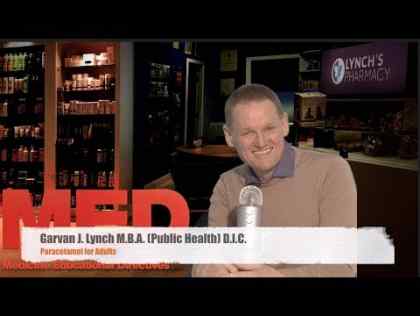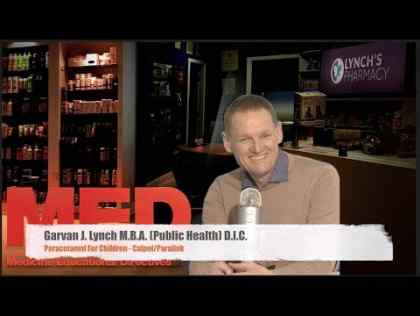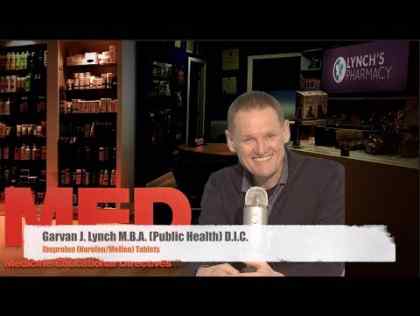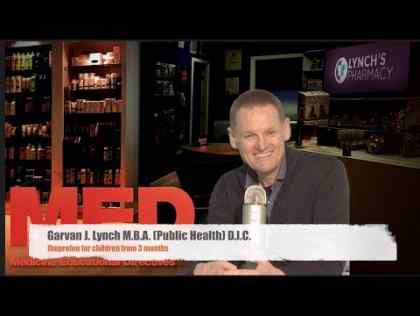In the meantime, simple comfort measures can help your child make it through the night.
Symptoms
Growing pains are often described as an ache or throb in the legs — often in the front of the thighs, the calves or behind the knees. Usually both legs hurt. Some children may also experience abdominal pain or headache during episodes of growing pains.
Growing pains often strike in the late afternoon or early evening and disappear by morning. Sometimes the pain awakens a child in the middle of the night.
Causes
There's no evidence that a child's growth is painful. However, running, climbing and jumping can be hard on a child's musculoskeletal system. Muscle pain at night from overuse during the day is the most likely cause of what's called growing pains.
Risk factors
Growing pains are most common from ages 2 to 12 and are slightly more common in girls than in boys. Running, climbing or jumping during the day might increase the risk of leg pain at night.
Diagnosis
Your child's doctor will do a physical exam and ask questions about your child's signs and symptoms. Other specific conditions — such as restless legs syndrome, which is characterized by unpleasant sensations in the legs and an uncontrollable urge to move them for relief — must be ruled out before your child's leg pain can be attributed to growing pains. Rarely, the doctor may use blood tests, X-rays or other diagnostic tests to help determine the cause of your child's leg pain.
References:
https://www.betterhealth.vic.gov.au/health/healthyliving/growing-pains
http://kidshealth.org/en/parents/growing-pains.html
http://www.nhs.uk/conditions/growing-pains/pages/introduction.aspx
https://en.wikipedia.org/wiki/Growing_Pains
https://www.healthychildren.org/English/health-issues/conditions/orthopedic/Pages/Growing-Pains-Are-Normal-Most-Of-The-Time.aspx









